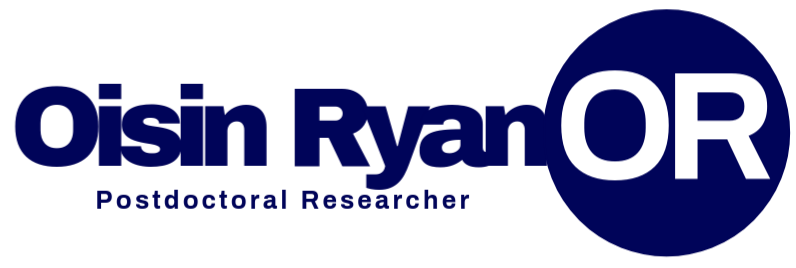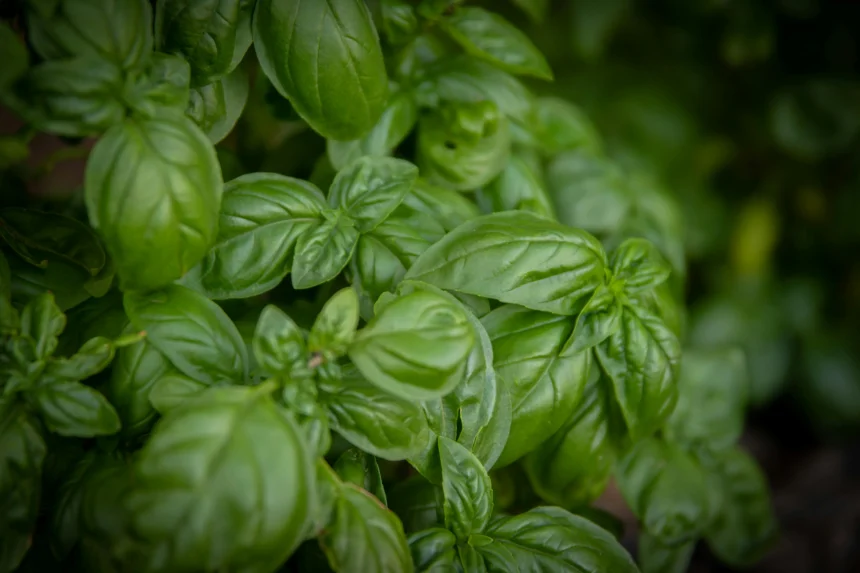Introduction
Ceñillin, a valuable herb with roots in ancient medicinal practices, has served as a powerful remedy in traditional medicine across various cultures. It is revered for its potential health benefits, from anti-inflammatory properties to aiding in digestive and respiratory health. While it has been around for centuries, its popularity is once again on the rise as more people turn to natural alternatives for wellness. However, it faces modern challenges that could impact its accessibility and effectiveness, such as sustainability concerns, regulatory restrictions, and the need for scientific validation.
In this article, we’ll explore the history of ceñillin, its health benefits, modern uses, challenges to its availability, and how to use it safely. Let’s dive into everything you need to know about ceñillin and its role in modern health and wellness.
What is Ceñillin?
It is a natural herb long celebrated for its medicinal properties. Used by indigenous cultures for centuries, this herb has made its way into the modern wellness space due to its diverse applications. Known for its role in reducing inflammation, aiding in digestion, treating respiratory issues, and even enhancing skin health, ceñillin holds a distinct place in herbal medicine.
Key Characteristics
- Scientific Name: It is often known by local names but generally falls under the plant families known for medicinal qualities, though its scientific classification may vary based on the region.
- Regions of Growth: Primarily found in regions with rich herbal traditions; grown wild in various climates but now also cultivated in limited settings.
- Common Uses: Available as tea, tinctures, and poultices for external application.
- Traditional Benefits: Used to treat inflammation, digestive issues, skin conditions, and mild respiratory problems.
Historical Background of Ceñillin
It has a rich cultural history, deeply embedded in indigenous and folk medicine traditions.
Ceñillin in Indigenous Culture
In indigenous communities, ceñillin was an essential part of everyday health. Traditional healers or shamans utilized it to treat various ailments, and it became known for its reputed healing powers.
Ceñillin and Modern Research
Modern researchers are beginning to explore ceñillin’s properties more systematically. While there is still limited clinical research, preliminary studies indicate that ceñillin may have significant anti-inflammatory, antimicrobial, and digestive benefits. These findings align with its historical uses and suggest that ceñillin could have a place in contemporary healthcare.
Health Benefits
Its long-standing use in traditional medicine is backed by many anecdotal reports of its effectiveness. Here are some of its commonly recognized health benefits:
1. Anti-Inflammatory Effects
One of ceñillin’s primary uses is to reduce inflammation.
2. Digestive Health
Ceñillin tea is commonly consumed to improve digestive health. It may help in reducing bloating, indigestion, and mild gastrointestinal discomfort. Traditional healers believed ceñillin had the ability to calm the stomach, and it is sometimes used to treat mild forms of nausea and intestinal discomfort.
3. Skin Health
It also holds a place in skincare due to its antibacterial and soothing properties. Traditional healers used ceñillin-infused salves to treat skin irritations, making it a valuable herb in treating certain skin conditions.
Table: Summary of Benefits and Applications
| Application | Benefit | Form of Use | Usage Tips |
| Anti-inflammation | Reduces swelling and pain | Poultice, tea | Apply topically or consume tea for relief |
| Digestive health | Relieves bloating, aids digestion | Tea | Drink after meals to improve digestion |
| Respiratory support | Soothes throat, eases congestion | Tea, steam inhalation | Inhale steam or drink tea to clear passages |
| Skin health | Treats rashes, minor cuts, burns | Topical application, salve | Apply as a salve for minor skin irritations |
| Antibacterial effect | May reduce minor infections | Topical application | Use directly on the affected area |
Modern Uses of Ceñillin
These include dried herbal teas, tinctures, and even essential oils derived from ceñillin, enabling it to reach a broader audience.
How to Incorporate Ceñillin into Your Routine
- Ceñillin Tea: Brew dried ceñillin leaves in hot water for a soothing tea. Ideal for aiding digestion and calming the stomach.
- Topical Salves: Apply ceñillin-infused salves or poultices to minor skin irritations or areas of muscle soreness.
- Steam Inhalation: Add ceñillin to boiling water and inhale the steam for respiratory relief during colds or congestion.
- Essential Oils: It essential oil can be diluted and used in aromatherapy to help relax the mind or ease respiratory discomfort.
Modern Challenges for Ceñillin
Despite its benefits, it faces several obstacles that impact its use and availability. Here are some key challenges:
1. Sustainability and Overharvesting
With growing interest in natural remedies, ceñillin is at risk of overharvesting. Efforts are underway to cultivate it in farms, but this practice is still in its early stages.
2. Lack of Scientific Research
The use of ceñillin is supported mainly by traditional knowledge, with limited scientific studies to confirm its efficacy. Although preliminary research suggests promising benefits, more rigorous studies are needed to validate its applications, dosage, and safety.
3. Regulatory Hurdles
In many countries, herbal supplements face strict regulations to ensure consumer safety. It is often subject to these regulations, and in some areas, restrictions may prevent its commercial sale or limit its availability. These restrictions are generally in place to ensure safe use, but they can make it challenging for consumers to access ceñillin.
4. Preservation of Indigenous Knowledge
It is part of a rich cultural heritage that extends beyond its medicinal use. Efforts to document and preserve this knowledge are critical, as younger generations may have less connection to traditional practices. This loss of knowledge could affect the future of it as a cultural and medicinal resource.
Safe Usage Tips for Ceñillin
To ensure you’re using it effectively and safely, consider the following guidelines:
- Consult with Healthcare Professionals: Before using it, particularly if you have any pre-existing health conditions, consult a healthcare provider to confirm its compatibility with your health.
- Stick to Recommended Dosages: Adhere to traditional or medically suggested dosages, as excessive use could lead to adverse effects.
- Conduct Allergy Test: For those trying ceñillin for the first time, a patch test on a small area of the skin can help check for allergic reactions.
- Source from Reputable Vendors: If purchasing ceñillin products, opt for reputable suppliers to ensure product purity and authenticity.
For Safe Use
- Consult a healthcare provider before use.
- Follow recommended dosages for safe usage.
- Conduct a patch test to check for allergies.
- Purchase from trusted and verified suppliers.
- Monitor for any adverse reactions and discontinue use if necessary.
Conclusion: The Future of Ceñillin
It holds significant promise in natural health and wellness, bridging the gap between traditional medicine and modern applications. Despite the challenges it faces, such as sustainability and regulatory issues, ceñillin remains a valuable resource for those seeking natural remedies. Its diverse uses in anti-inflammatory treatments, digestive aid, respiratory relief, and skin care make it a versatile herb worthy of recognition.
As awareness of ceñillin’s benefits grows, it is crucial for consumers and producers alike to prioritize sustainable practices. Balancing modern interest with preservation of indigenous knowledge can ensure that ceñillin continues to benefit future generations, both as a cultural artifact and a medicinal herb.
In a world increasingly drawn to natural health solutions, it stands as a testament to the wisdom of traditional medicine. Embracing this knowledge responsibly may enable us to preserve and celebrate ceñillin’s place in both historical and modern health landscapes.
FAQs About Ceñillin
What is ceñillin, and what is it used for?
It is a traditional herb valued for its potential health benefits, including reducing inflammation, aiding digestion, supporting respiratory health, and promoting skin healing.
How do I use ceñillin for health purposes?
It can be consumed as a tea, applied topically as a poultice or salve, or inhaled as steam for respiratory relief. Consult a healthcare provider before use.
Are there any side effects of using ceñillin?
Side effects are rare but may include mild allergic reactions. It’s best to conduct a patch test before topical use and consult with a healthcare provider if you have pre-existing conditions.
Where can I buy ceñillin?
It can be found at select health food stores, herbal medicine shops, or online herbal vendors. Ensure you buy from a reputable source to guarantee product quality.
Is ceñillin safe for daily use?
Moderate use is generally considered safe, but it’s essential to follow recommended dosages. Consult a healthcare professional to determine the appropriate amount based on your health needs.
Can ceñillin help with respiratory issues?
Yes, it is traditionally used to soothe coughs and mild congestion. Drinking ceñillin tea or using it in steam inhalation may help ease respiratory discomfort.






